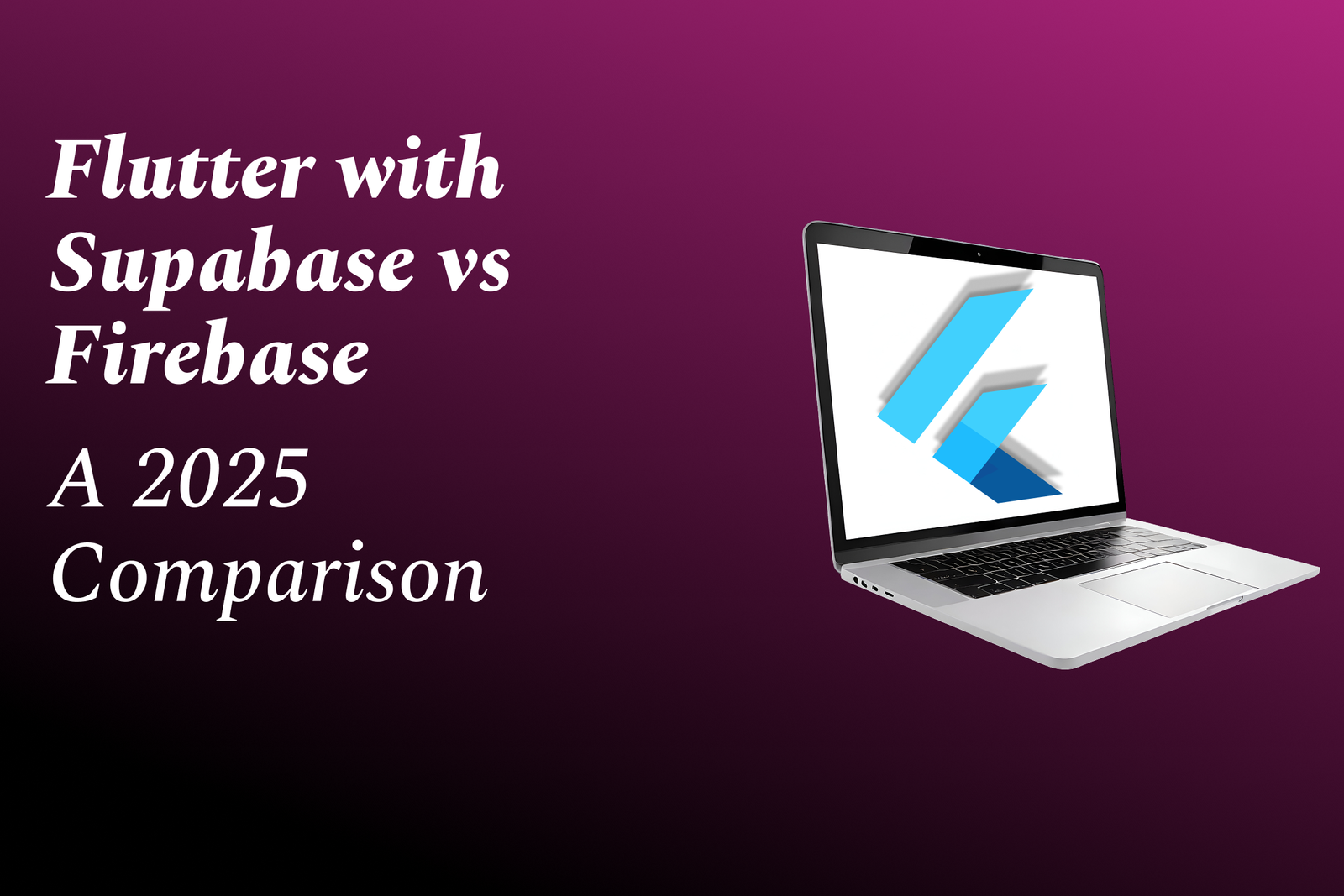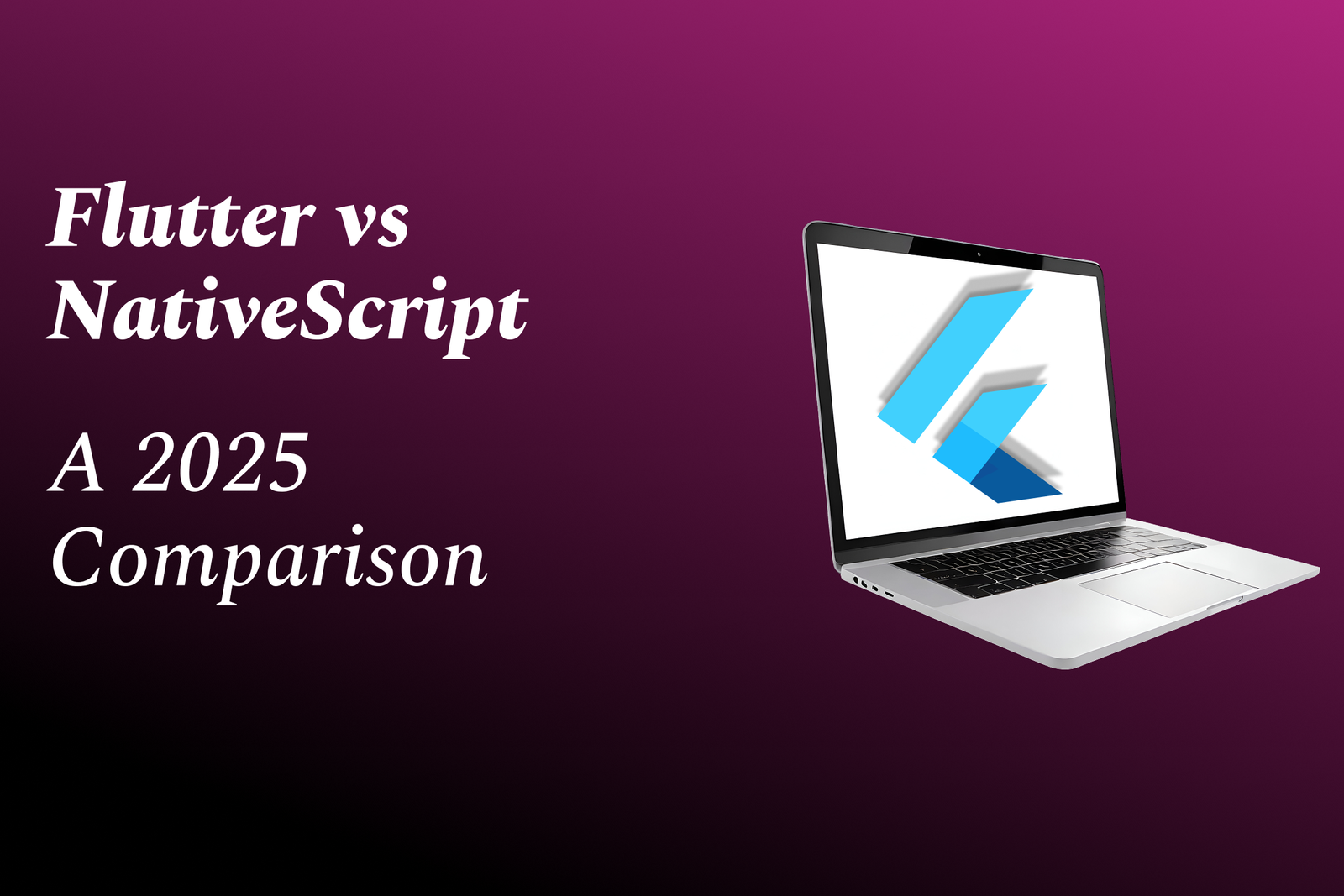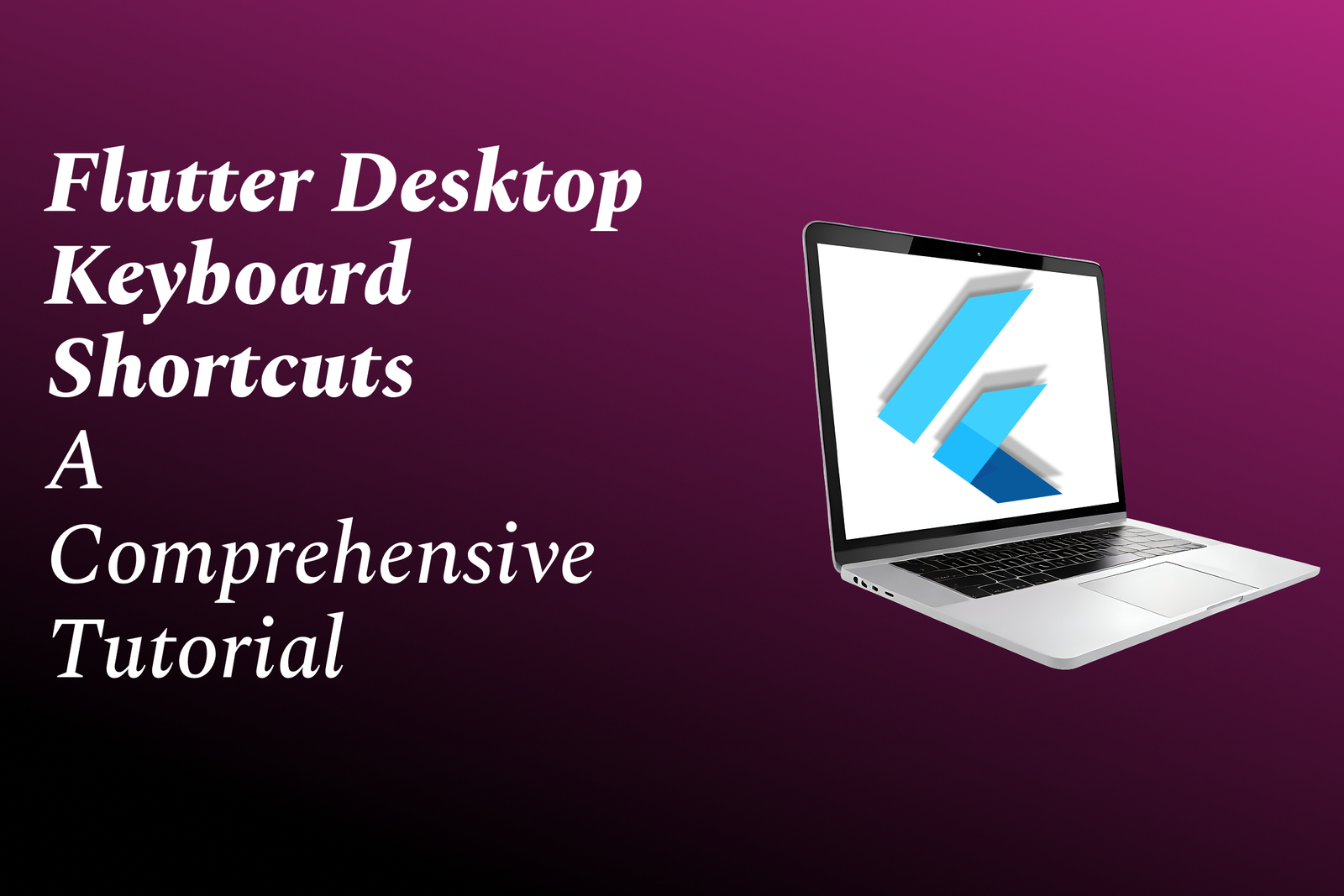Dependency Injection
Understanding Dependency Injection: A Guide to Cleaner Code
Dependency Injection
Dependency Injection (DI) is a design pattern used in software development to achieve Inversion of Control (IoC) between classes and their dependencies. Rather than a class creating its own dependencies, they are provided, or “injected,” from an external source, often through a constructor, method, or property. This approach promotes loose coupling, enhances code testability, and improves maintainability, as it allows for easier swapping of implementations (e.g., for testing) and reduces the dependency tangles within the codebase. DI can be implemented manually or leveraged through frameworks specifically designed to manage object creation and lifecycle, such as Spring in Java or Angular in JavaScript.
To Download Our Brochure: https://www.justacademy.co/download-brochure-for-free
Message us for more information: +91 9987184296
1 - Definition: Dependency Injection is a design pattern used to implement Inversion of Control (IoC), allowing a class to receive its dependencies from an external source rather than creating them itself.
2) Decoupling: It promotes loose coupling between software components, making the system easier to manage, test, and maintain.
3) Inversion of Control (IoC): DI shifts the responsibility of managing dependencies from the class itself to an external component (like a DI container), promoting better separation of concerns.
4) Types of DI: There are three main types of Dependency Injection: Constructor Injection, Setter Injection, and Interface Injection, each with its own method of supplying dependencies.
5) Constructor Injection: Dependencies are provided through the class constructor. This is favored for required dependencies and promotes immutability.
6) Setter Injection: Dependencies are set through public setters or methods after the object is constructed. This allows for optional dependencies but can lead to incomplete object states.
7) Interface Injection: The dependency provides an injector method that will inject the dependency into any client that passes itself (usually not as common as the other two).
8) Benefits of DI: Enhances testability by allowing easier creation of mock dependencies, hence facilitating unit testing.
9) Change Management: By decoupling components, DI makes it easier to change implementations of dependencies without affecting dependent classes.
10) Readability and Design: DI leads to cleaner designs that are easier to read and understand due to clear dependency management.
11) Frameworks and Containers: Many frameworks (like Spring for Java, .NET Core for C#) provide built in DI containers that manage lifecycle and dependency resolution automatically.
12) Lifecycle Management: DI containers often manage the lifecycle of objects (singleton, transient, scoped), which ensures that resources are efficiently handled.
13) Configuration Management: DI encourages the centralization of configuration, where all dependencies are defined in a single place, improving maintainability.
14) Code Reusability: Classes can be designed to depend on interfaces rather than concrete implementations, enhancing reuse and adaptability.
15) Drawbacks: Despite the advantages, DI can introduce complexity and a steep learning curve for beginners, as well as potential performance overhead if not managed properly.
These points cover the fundamental aspects of Dependency Injection, providing students with a comprehensive understanding of the concept and its applications in software development.
Browse our course links : https://www.justacademy.co/all-courses
To Join our FREE DEMO Session: Click Here
Contact Us for more info:
React vs ReactJS
Types of Android Applications
Best Site to Learn Java Online Free 2024
salesforce admin certification classes
Unit Testing











